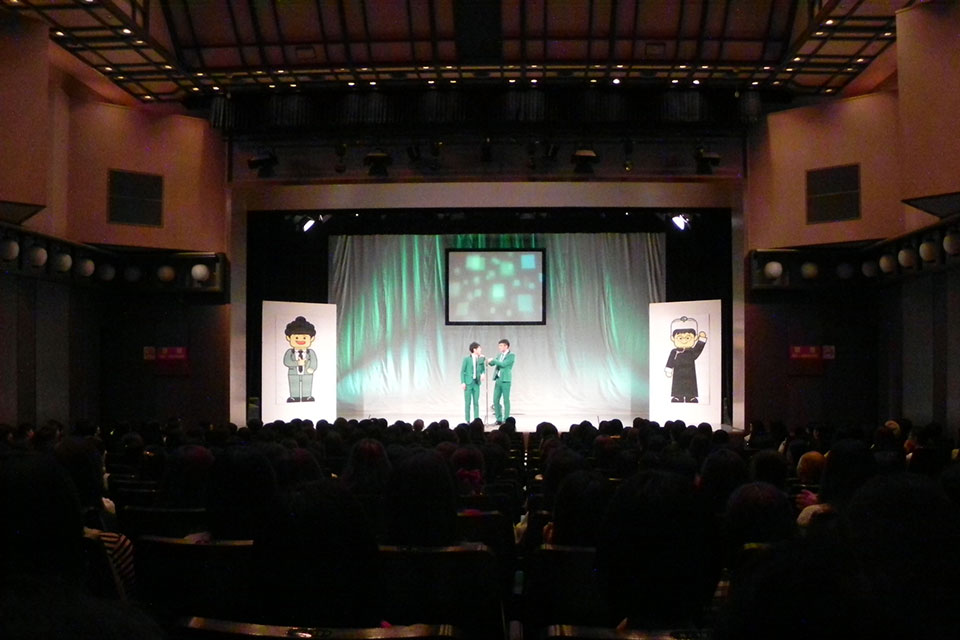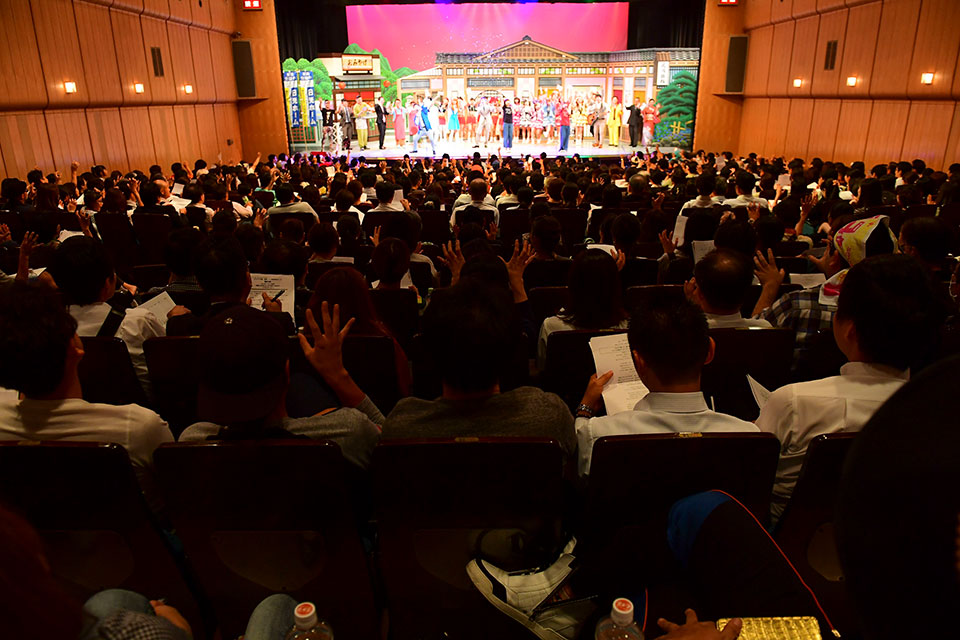Summit Venue 01 Bunraku - Osaka's Own Traditional Performing Art
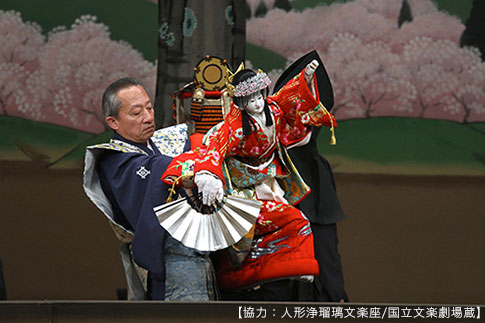
Bunraku, a traditional performing art originated in Osaka, was designated as an Important Intangible Cultural Heritage. Bunraku emerged from puppet shows called "ningyo johruri" which were performed at the Takemoto-za Theater founded in Osaka's Dotombori area over 300 years ago in 1684.
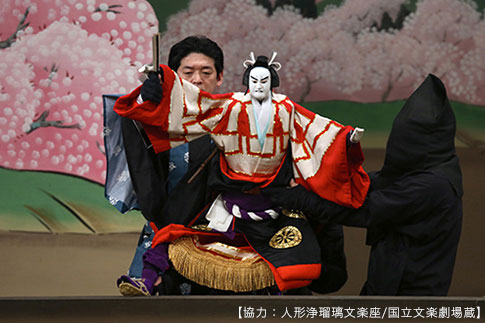
Bunraku is composed of a chanter's narration, shamisen music performance, and subtle puppet movements, showing their remarkable technique and main point of the play.
The chanter depicts all scenes as narrator and plays the role of each character by altering his voice.
The shamisen player uses various techniques to portray story settings and characters' emotions only with melody. This performer does not merely provide musical accompaniment, but also serves as the chanter's close "assistant," supporting him and occasionally even taking over the lead role.
The three puppeteers work in synchrony, manipulating and giving life to puppets which can weigh over 10kg each.
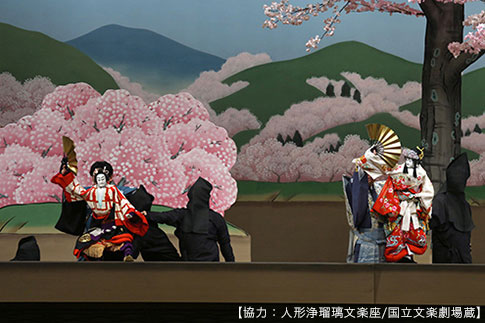
There are three types of Bunraku programs: sewamono are stories that focus on love and human empathy of the common people of those days, jidaimono depict historical events and persons, and keigoto spotlight dance and music.
"Sugawara and the Secrets of Calligraphy," "Yoshitsune and the Thousand Cherry Trees," and "The Treasury of Loyal Retainers" are said to be the three Bunraku masterpieces. Bunraku programs which express human emotions are also performed in Kabuki programs, still touch audiences' heart today. (The three photos depicted here are from Yoshitsune and the Thousand Cherry Trees; Act IV, Scene 1: The Travelling Hand Drum Travel-Dance.)

